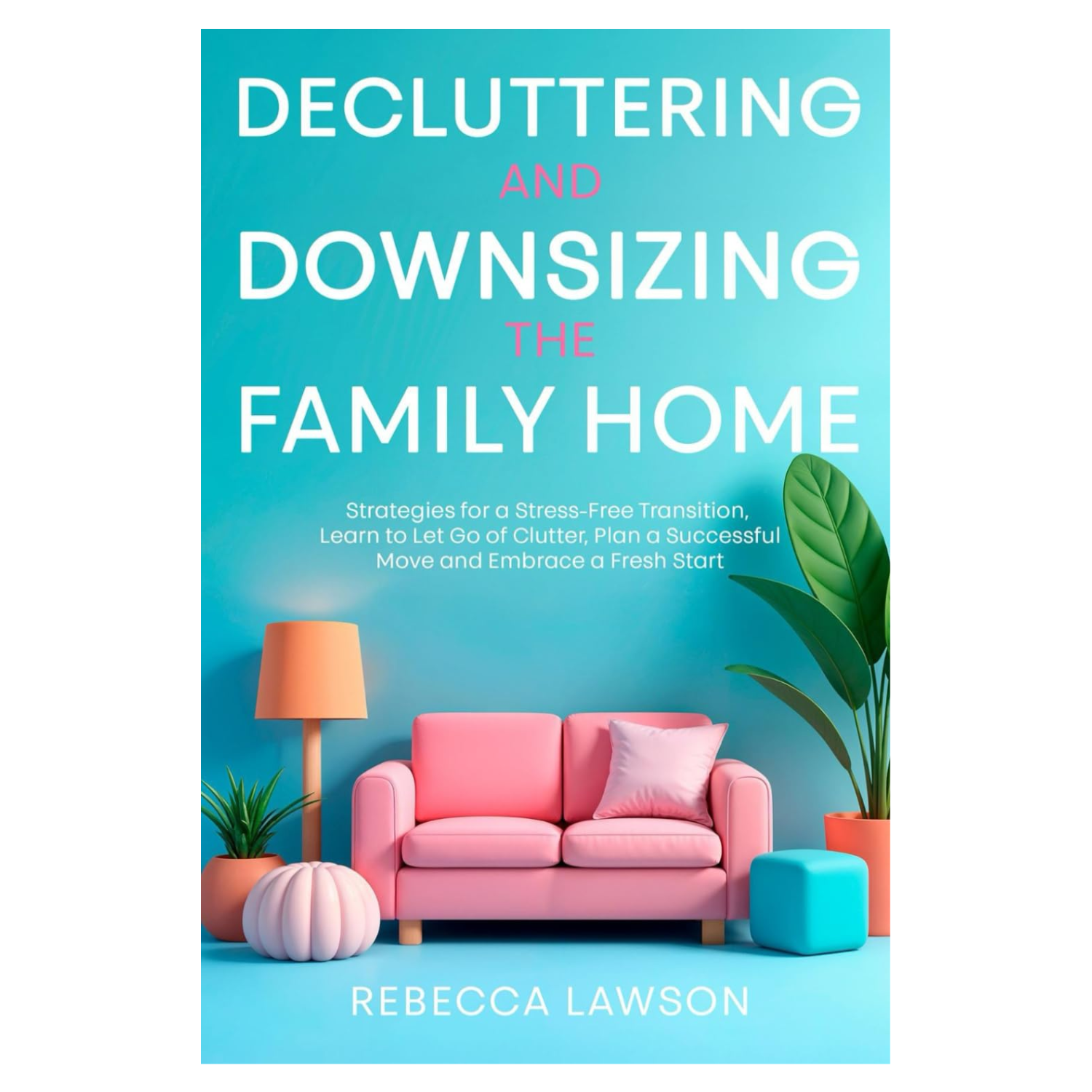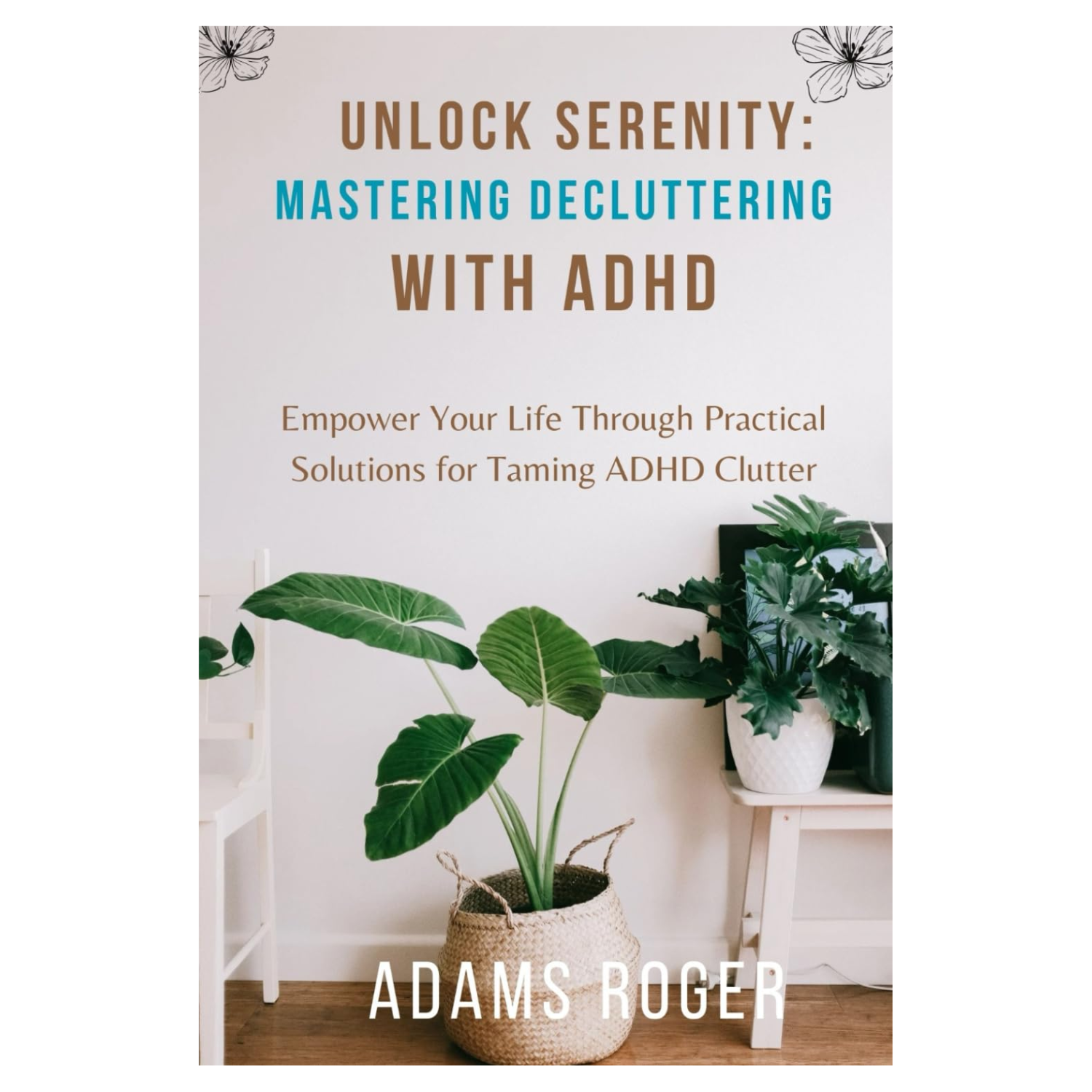5 Ways to Declutter Better When You're Dealing With ADHD — According to These Experienced Organizers
Bid adieu to overstimulating burnouts mid-decluttering and adopt these trusty tips instead
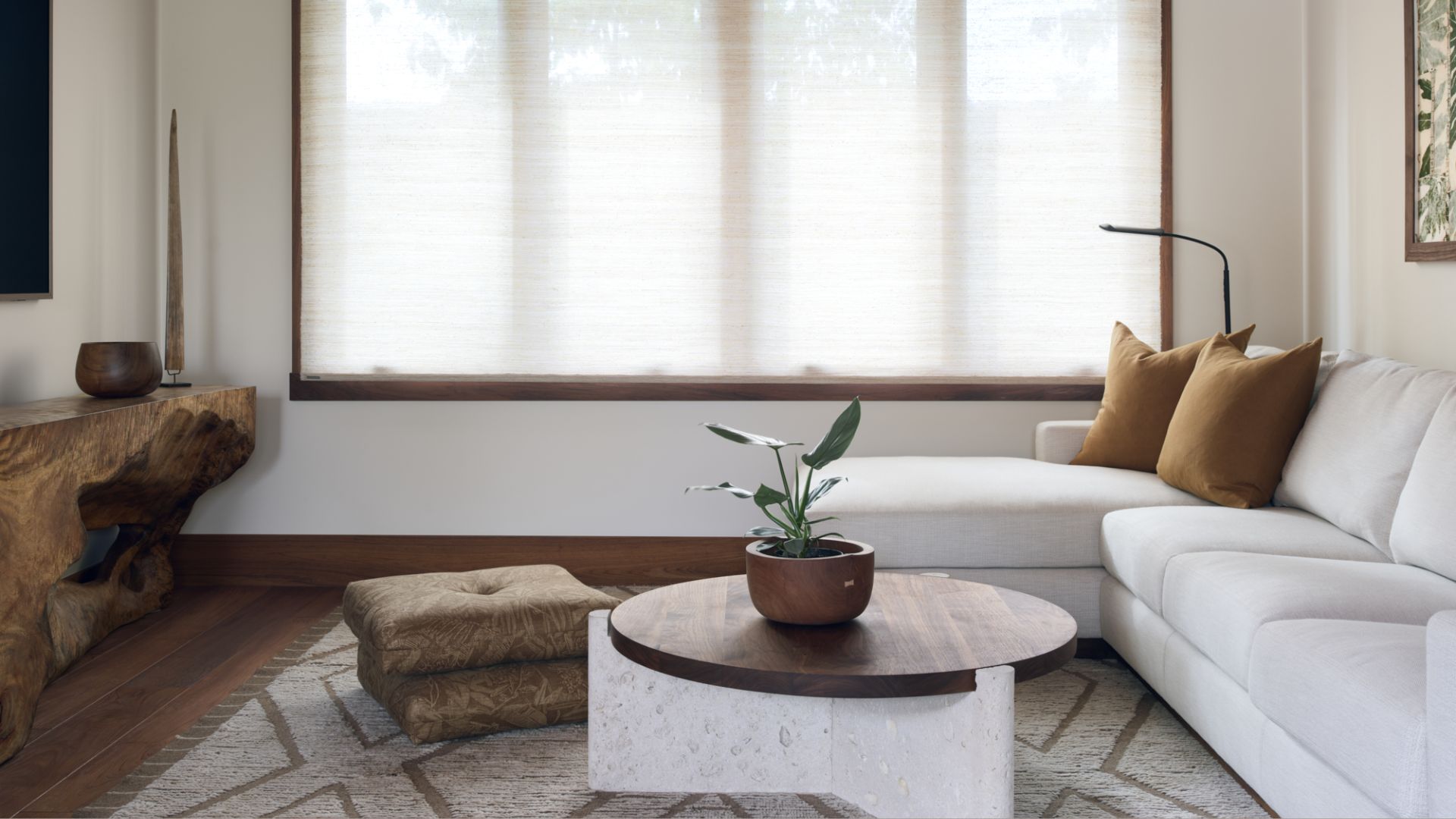

Decluttering, in its own right, is a task that tends to come with heaps of stress. And if you have ADHD (Attention Deficit Hyperactivity Disorder), it can seem like a monstrous task that's near impossible to check off.
While there are plenty of hacks to help you declutter a home, not all of them are ADHD-friendly and in fact, some of them may even make the chore more of a burden to undertake.
So, to help you live in the clutter-free home of your dreams, we spoke to the experts and put together a list of tips that are specifically helpful for people with ADHD. And by the end of it, who knows, maybe decluttering won't be the bane of your existence after all.
1. Set Your Big Picture Goal

Mind mapping your ideal goal will set you up for success.
According to Ingrid Jansen, co-founder of The Declutter Hub, the first and most important step to take when decluttering with ADHD is to set your big-picture goal.
"Don’t just jump straight in — that’s the biggest mistake people with ADHD can make," she says. "Instead, take some time to plan your project."
She tells us that mapping out endgame results is the best first step to get a clear idea of what's ahead and how to work through it. "Once you land on your big picture goal, keep that vision firmly planted in your mind whilst you’re decluttering," she adds.
This concept will help empower you through to the end of the task and can also prove to be of assistance if you're learning how to declutter when overwhelmed.
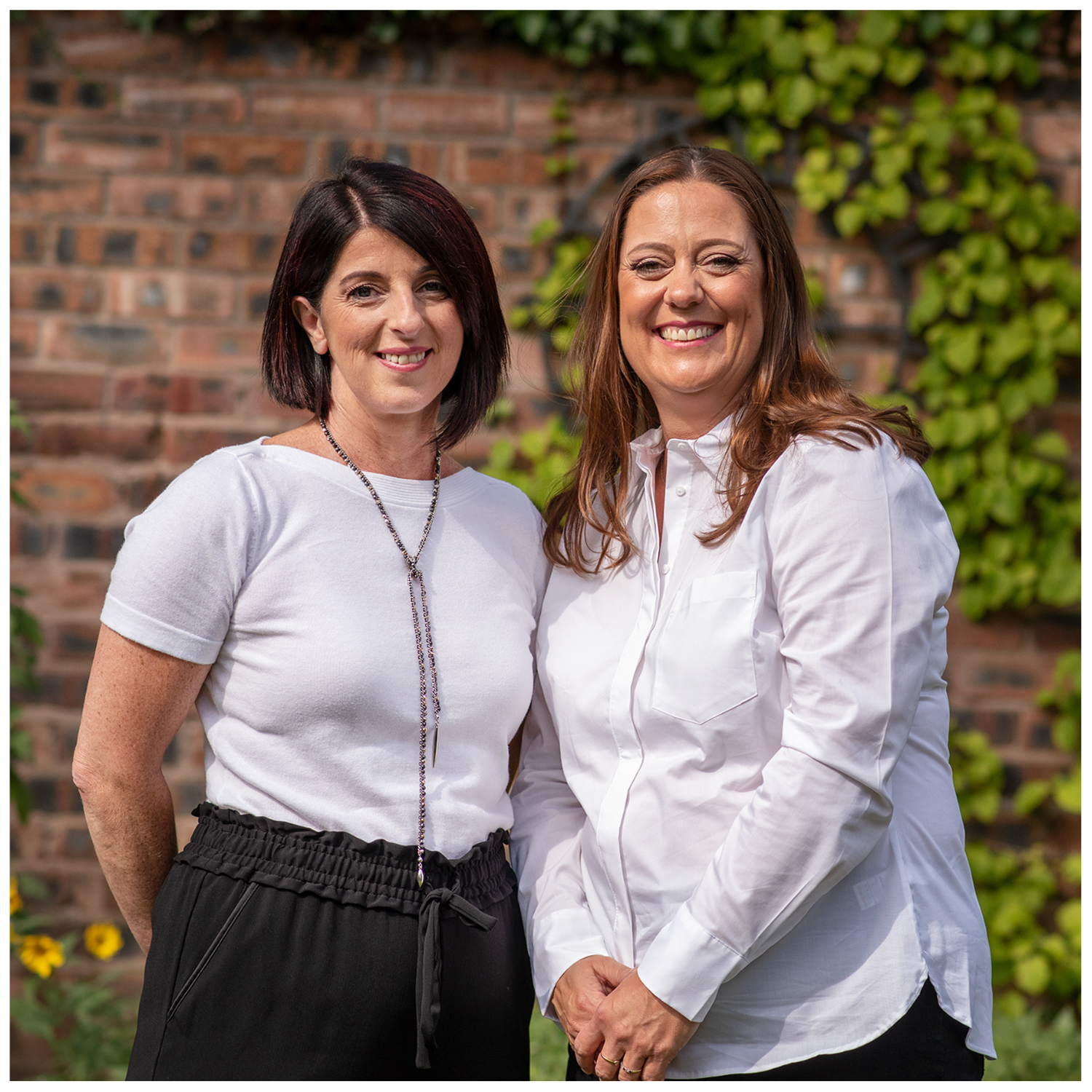
Ingrid Jansen and Lesley Spellman are the UK’s leading authority on decluttering and organizing your home as The Declutter Hub, which boasts a top one percent podcast with more than 2.5 million downloads, and a Facebook community of nearly 50,000 members. With a combined nearly 30 years of professional experience helping overwhelmed homeowners such as The Clutter Fairy and Organise Your House, the duo cut to the core of the emotions that hold us back from having a clutter-free, organized space that we want to live in and be proud of. Ingrid and Lesley spent four years leading the Association of Professional Declutterers and Organisers (APDO) as President and Head of Mentoring, then they joined forces as The Declutter Hub to bring their expertise to a global audience.
2. Break It Down
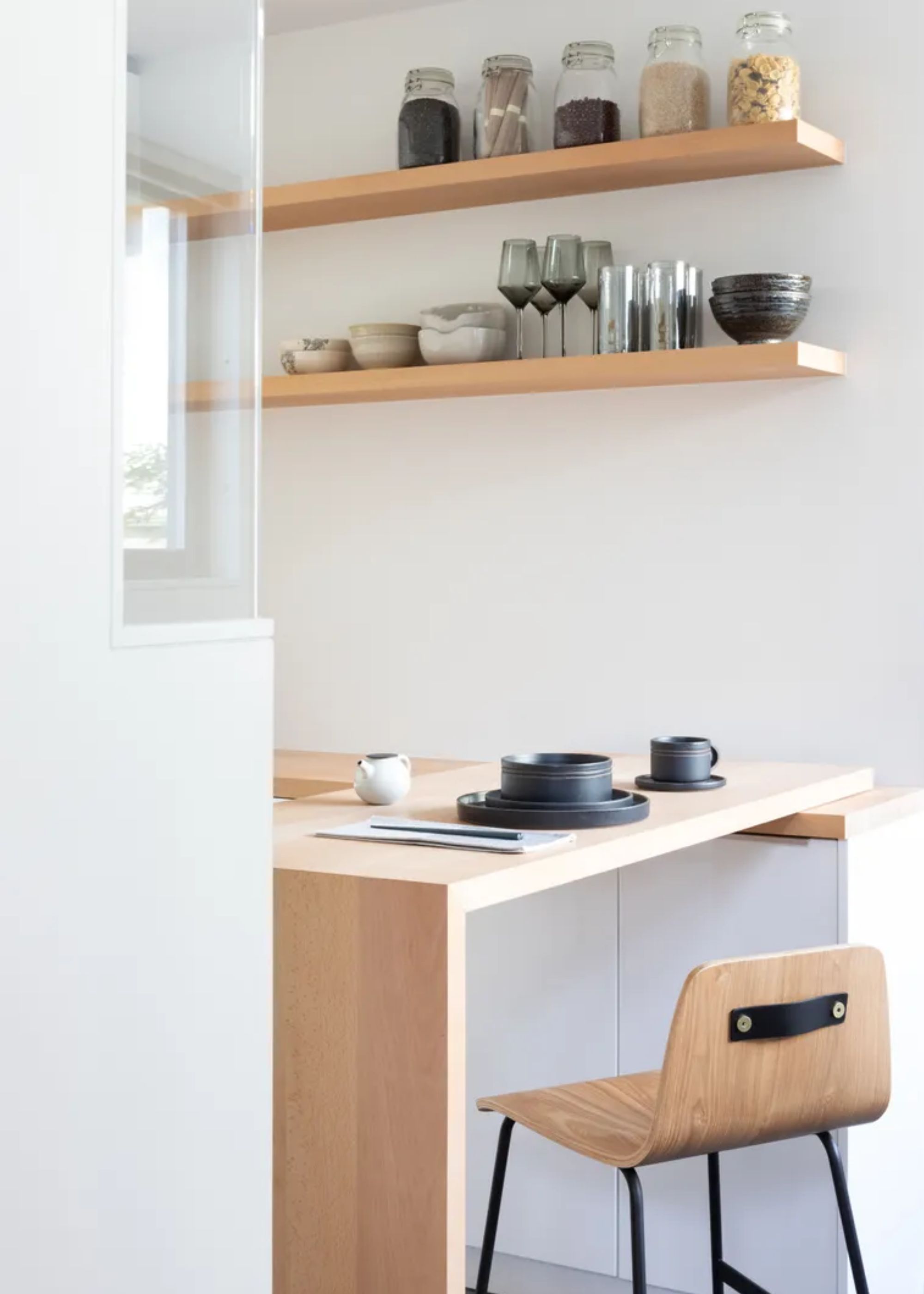
Segmenting your vision into achievable goals works every single time.
Once you have your dream end goal in place, Lesley Spellman of the Declutter Hub recommends breaking your vision down into smaller goals — even if that means going one drawer or one cupboard at a time.
"Think of your energy levels, how much time you have, and what other tasks might come your way, and then allocate a short burst of time," she says. "Make sure to declutter when your energy is at your best during the day since it requires repeated decision-making."
For instance, if you’re not a morning person, she suggests leaving the decluttering to later in the day. You can pair this tip with the decluttering burst method for systematic sorting.
3. Use a Timer
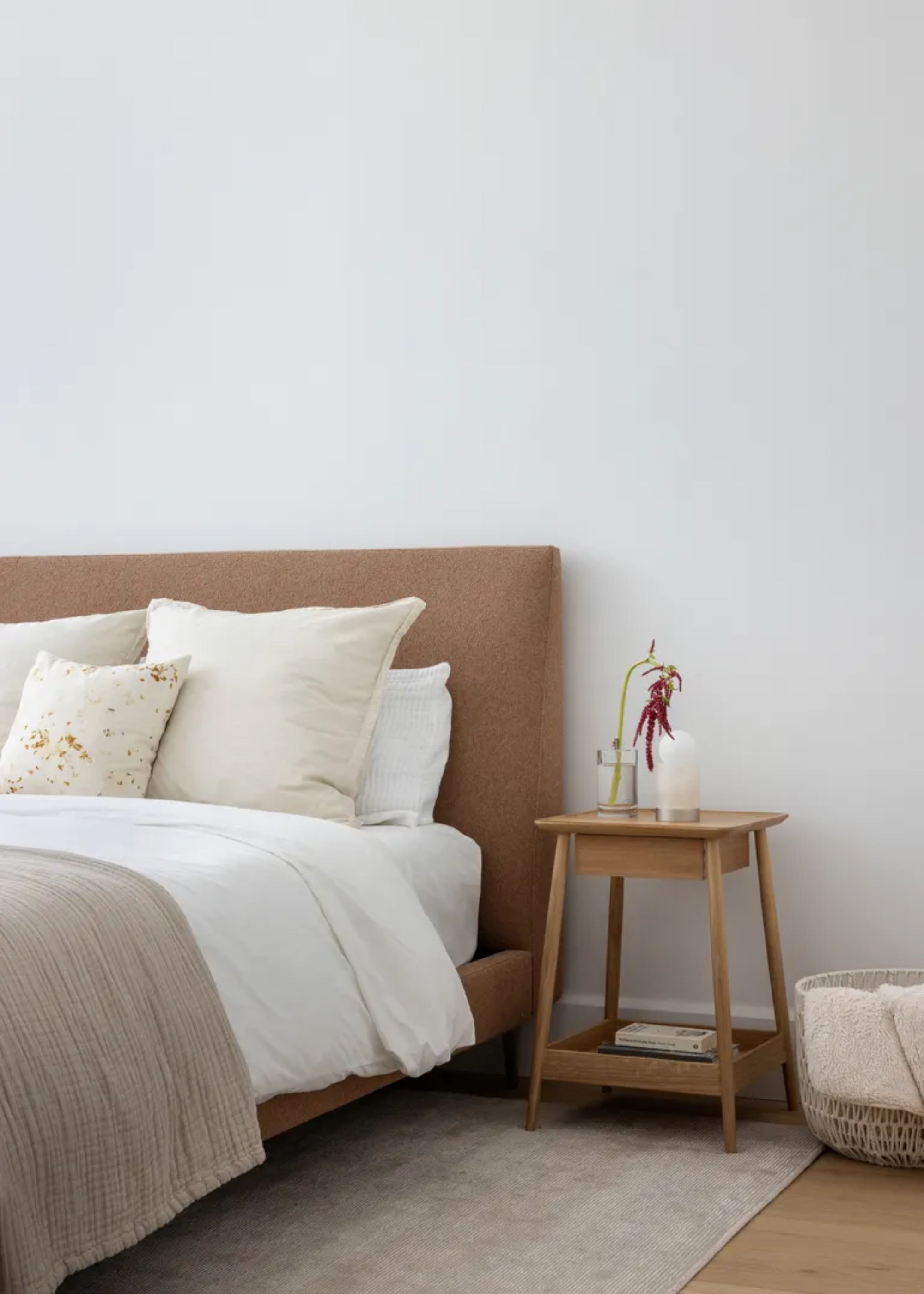
Keep yourself accountable by being on the clock.
A real consequence of decluttering with ADHD is focusing on the task at the start and slowly veering away from the goal at some point along the way. To avoid becoming too entrenched in your project, Lesley recommends using a timer so you can keep yourself on track.
"Break your project down into 30-minute chunks of time, and, if you still have focussed energy to expel, set your timer again for another 30 minutes," she guides. "Just be sure to continually evaluate your energy levels and make sure you are still on track with your original project."
This is a great rule of thumb fir when you're decluttering your closet or other sentimental spaces in your home.
4. Build Up Your Decluttering Muscle
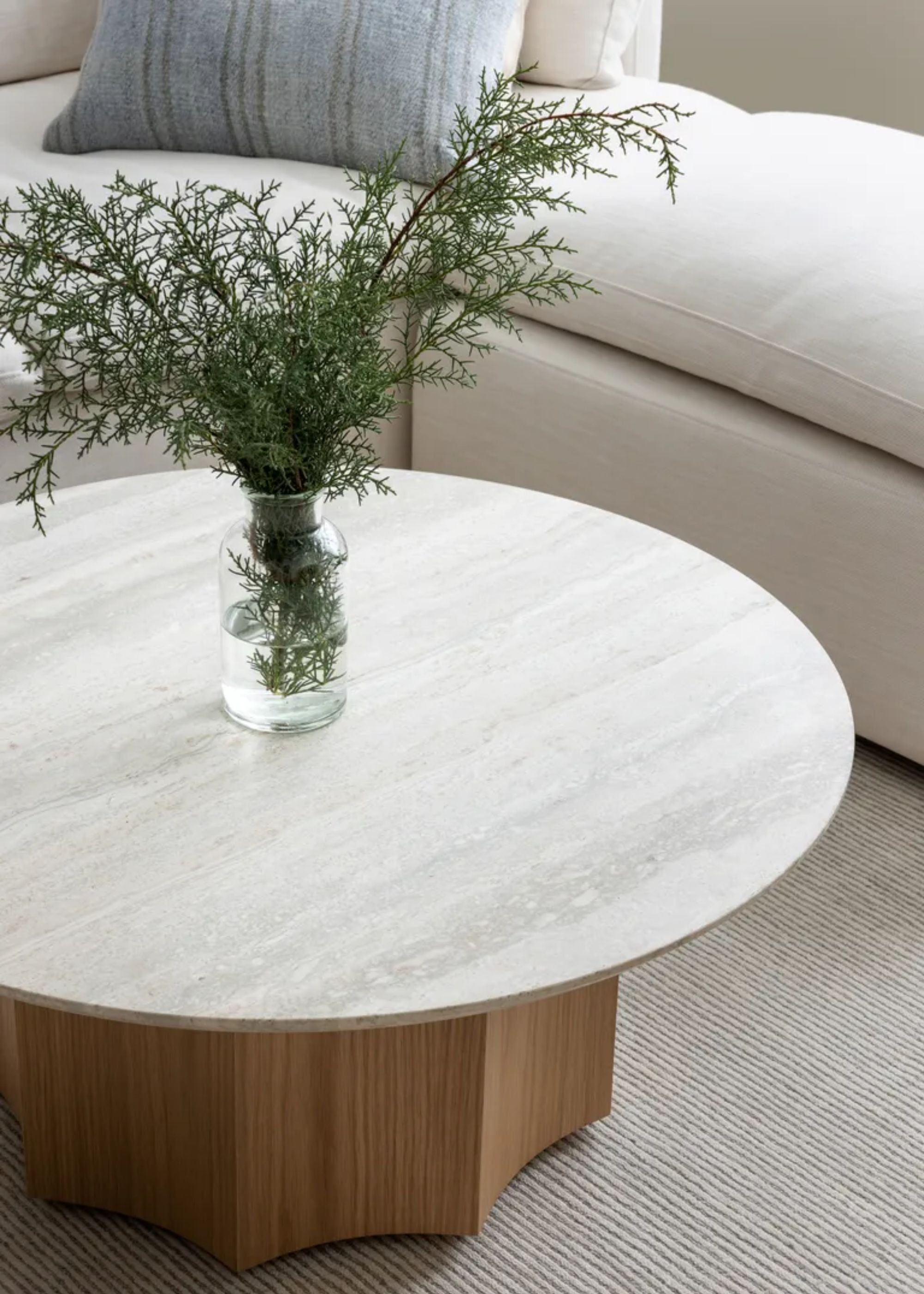
Slowly but surely, you'll find yourself mastering the art of decluttering.
Ingrid tells us that her pro tip is to start with easier, less emotional rooms in your home, by decluttering your kitchen, and linen closet, or even decluttering your bathroom.
She explains that you will still find items that are tricky to let go of, but normally these rooms are more straightforward to do since the items have fewer emotions attached to them.
"Once your decluttering muscle has started to flex you can move on to more tricky categories," she says. "This includes belongings like books, paperwork, and other sentimental items."
5. Focus on Fun
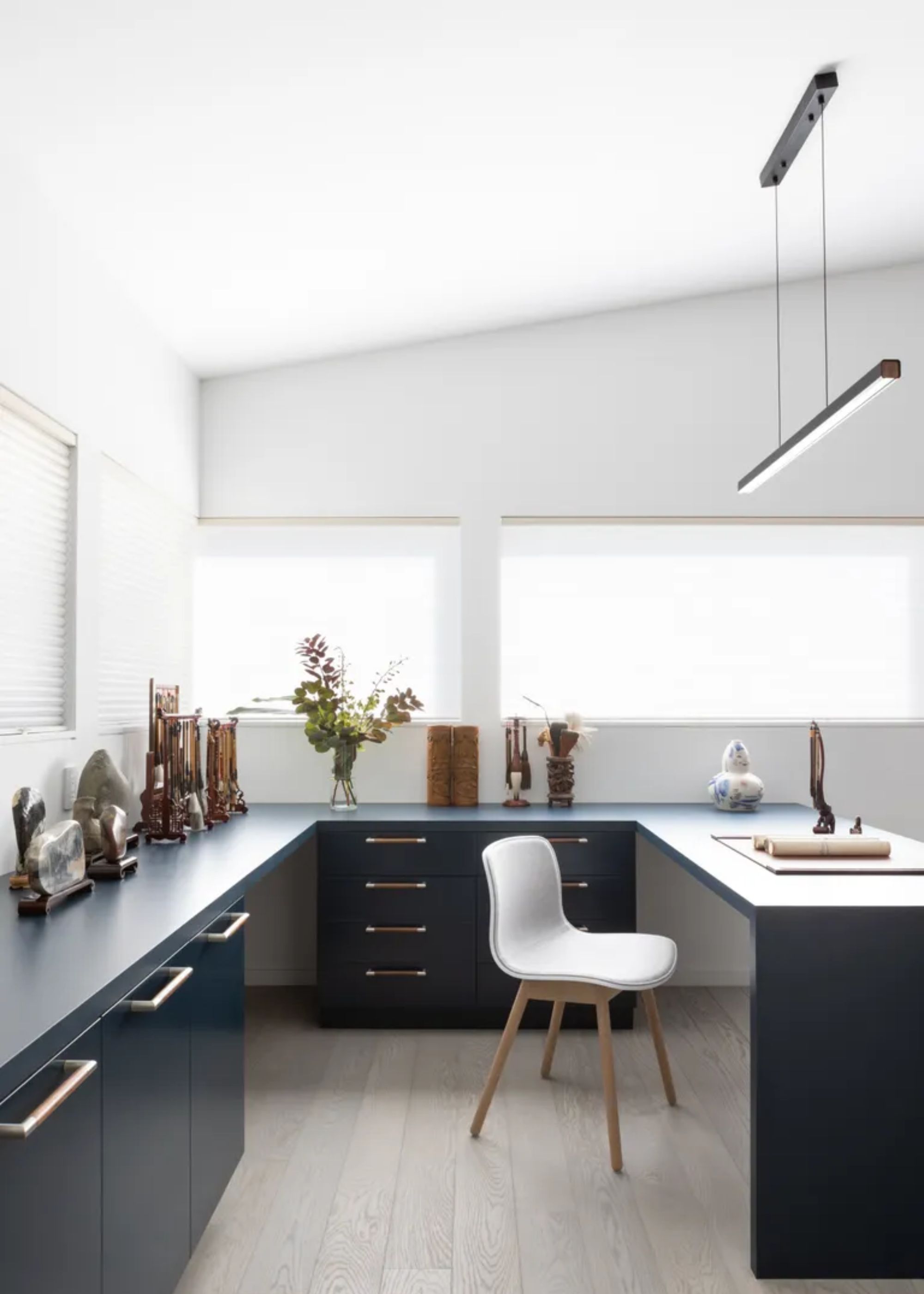
Whoever said decluttering can't be fun never undertook the chore with a curated playlist for company.
Although week-by-week decluttering definitely falls under the home chore category, that shouldn't stop you from making it as fun as you possibly can.
"Be sure to play music, and listen to a decluttering podcast like The Declutter Hub Podcast to keep yourself focused," says Lesley. "If gamification works for you, be sure to plan a list of things to do on paper or digital and tick things off as you go."
How Can You Help a Person With ADHD Declutter?
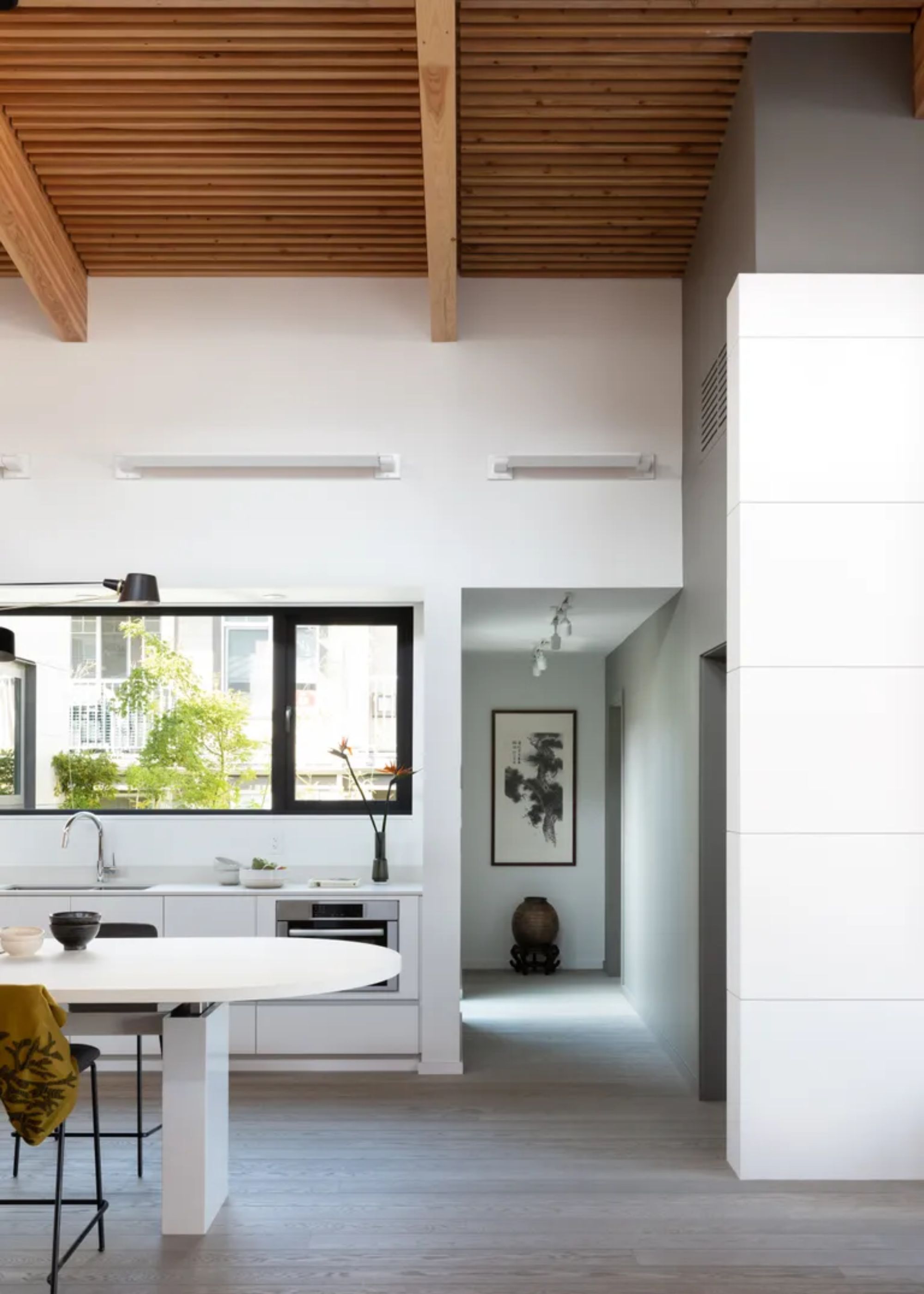
Being patient and mindful of neurodivergence is of utmost importance.
When helping anyone to declutter, particularly someone with ADHD, Ingrid explains that it’s vital to allow them the time and space to work on their decluttering in their own way. "It’s essential that they feel they have the time and space to make their own decisions in their time," she says. "You can be of most help with the planning, preparation, and logistics."
She recommends helping them think about what they’d like to achieve while also aiding them in assessing how long they can devote in the form of a sensible timeframe.
Ingrid also stresses the importance of making sure they have the necessary equipment like cleaning products, bin bags, and boxes to sort into. For instance, if you're testing the four-box method, you will need cardboard boxes ready to go. Or if you're using the post-it method, you will need your sticky notes of choice.
"Most importantly, once they have started to make decisions about what they would like to let go of, help them remove the items from their home by assisting with charity shops and tip runs," she adds.
"Decluttering is not easy for many people but it’s important to understand and acknowledge the additional factors that someone with ADHD is likely to encounter."
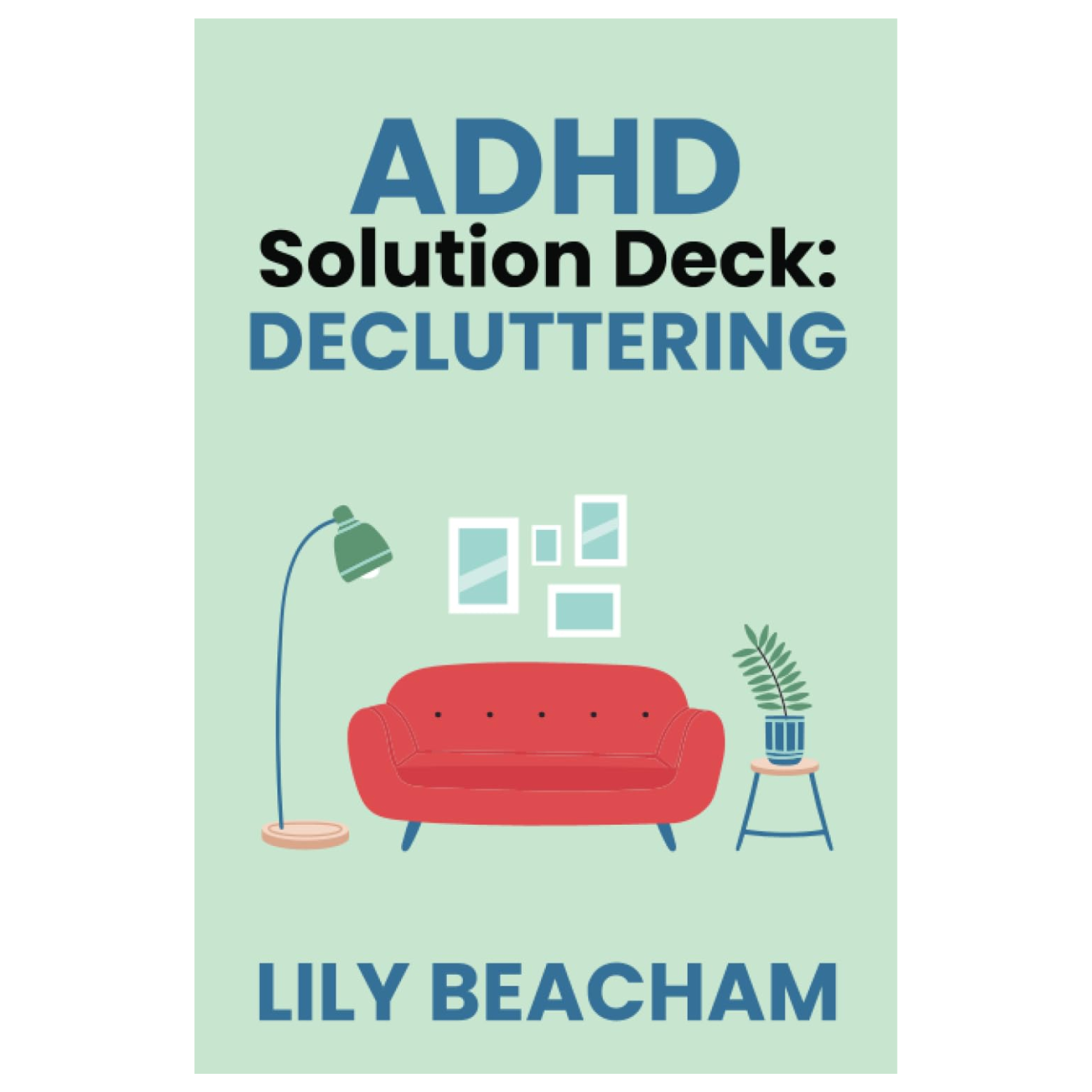
Price: £14
Format: Paperback
Lily Beacham's 'ADHD Solution Deck: Decluttering' from Amazon is a brilliant buy if you're struggling to keep a focused mind while tackling a clutter-full home.
FAQs
How Can You Set Up a Clutter-Free Space to Support a Person with ADHD?
Ingrid tells us that there are a couple of essential tips that are sure to come in handy when supporting a person with ADHD along their decluttering journey. "First and foremost, having fewer items is key," she notes. "The goal is to minimize distractions and encourage focus."
She recommends grouping similar items together since a constant focus on gathering like with like will be helpful. "You can also create clearly designated zones in the home to make finding things easier," she suggests.
Ingrid also finds that labels and color coding could be useful for some. "Additionally, use open shelving, transparent boxes, and remove lids where practical," she says. "The easier something is to access, the better."
"Sticky notes, whiteboards, and visual apps are helpful but these systems need to be carefully managed," she adds. "Otherwise they become overwhelming in themselves."
Lastly, she is a big believer in incorporating daily resets. "Every day, sometimes several times a day, you will need to do resets," she notes. "A morning reset and an evening reset are essential, and the more you do them, the less time they take."
Decluttering with ADHD is difficult but unfortunately, it's a task that's definitely unavoidable. Having a beautiful space to live in and losing it to the clutches of clutter is simply not it.
So as you meet your decluttering goals, just remember to be consistent with your routine. Lesley tells us that this is the only way to stay ahead of the clutter and safeguard your now tidy home.
Soon you'll find that decluttering is worth it and the satisfaction of admiring your stunningly put-together home will be reward enough.
Be The First To Know
The Livingetc newsletters are your inside source for what’s shaping interiors now - and what’s next. Discover trend forecasts, smart style ideas, and curated shopping inspiration that brings design to life. Subscribe today and stay ahead of the curve.

Amiya is a Home Wellness Writer at Livingetc. She recently graduated with a Masters Degree in Magazine Journalism from City, University of London, and has lent her words to beauty, fashion, and health sections of lifestyle publications including Harper’s Bazaar and Women’s Health. Her experience as a research analyst has equipped her with an eye for emerging trends. When she’s off the clock, she can be found reading, listening to music, or overanalyzing her latest Co-Star update.
-
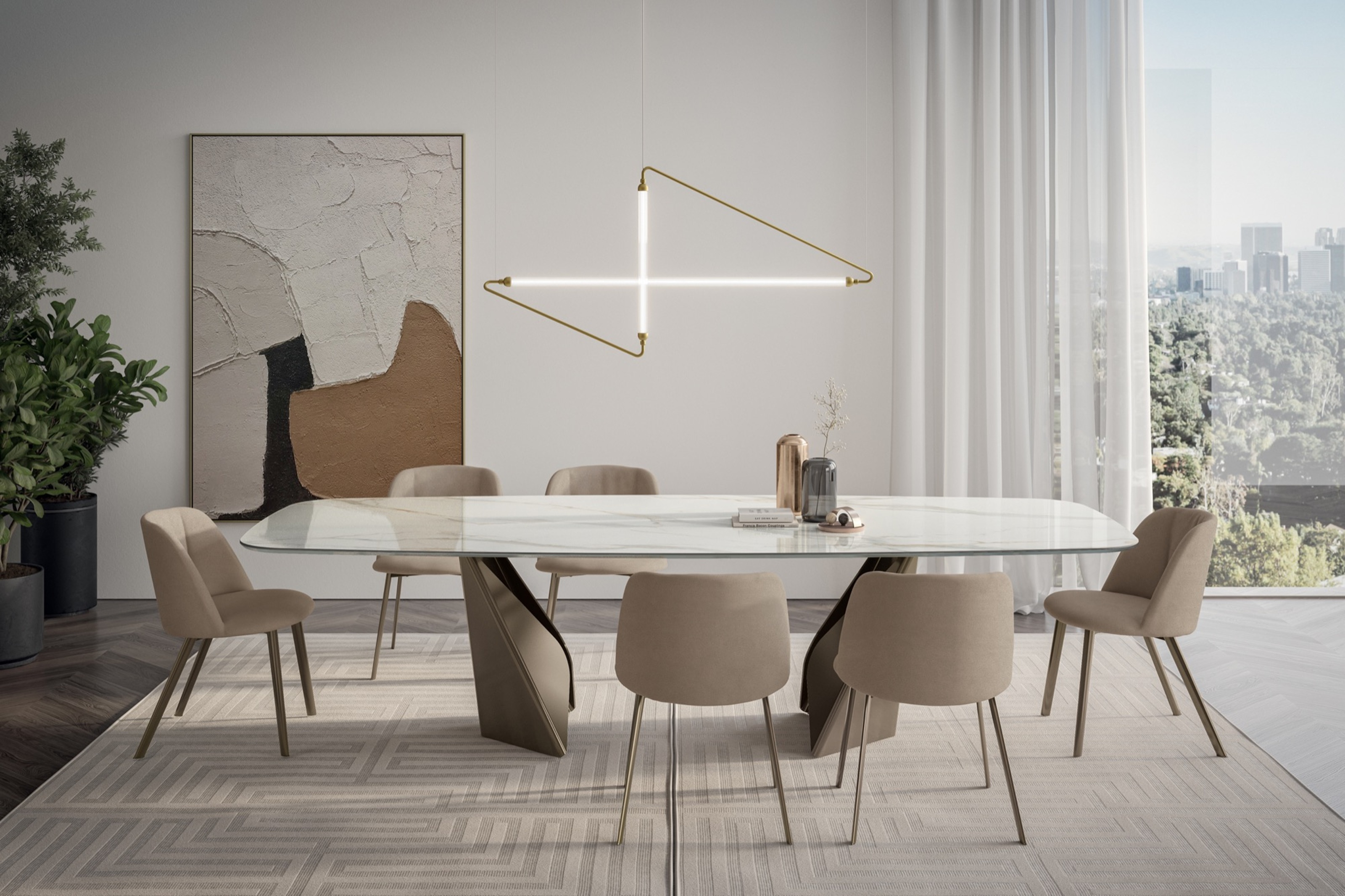 My 10 Favorite Designs at Milan Design Week 2025 — Out of the Hundreds of Pieces I Saw
My 10 Favorite Designs at Milan Design Week 2025 — Out of the Hundreds of Pieces I SawThere is a new elegance, color, and shape being shown in Milan this week, and these are the pieces that caught my eye
By Pip Rich
-
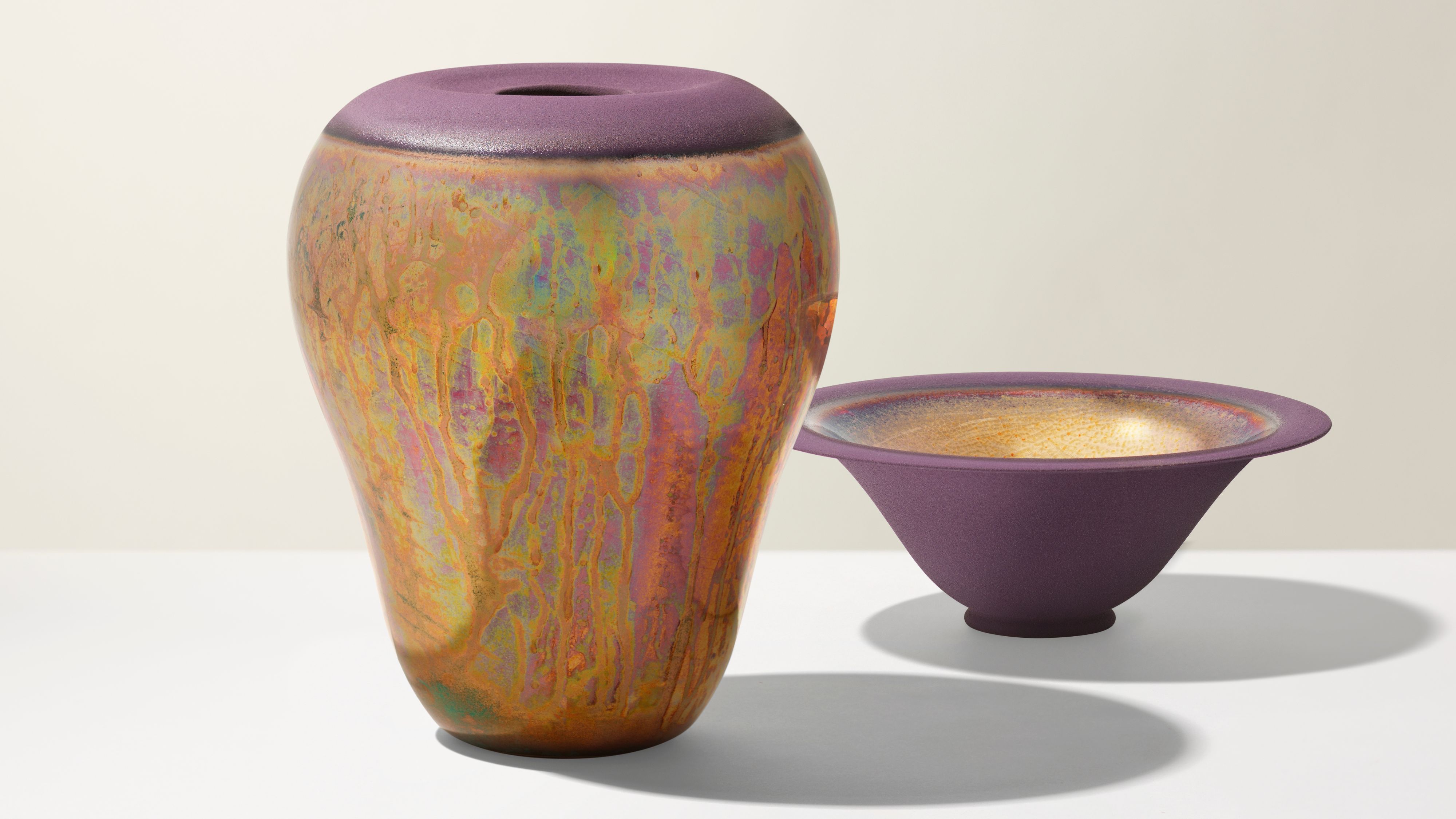 Iridescence Is Chrome’s More Playful, Hard-to-Define Cousin — And You're About to See It Everywhere
Iridescence Is Chrome’s More Playful, Hard-to-Define Cousin — And You're About to See It EverywhereThis kinetic finish signals a broader shift toward surfaces that move, shimmer, and surprise. Here's where to find it now
By Julia Demer
-
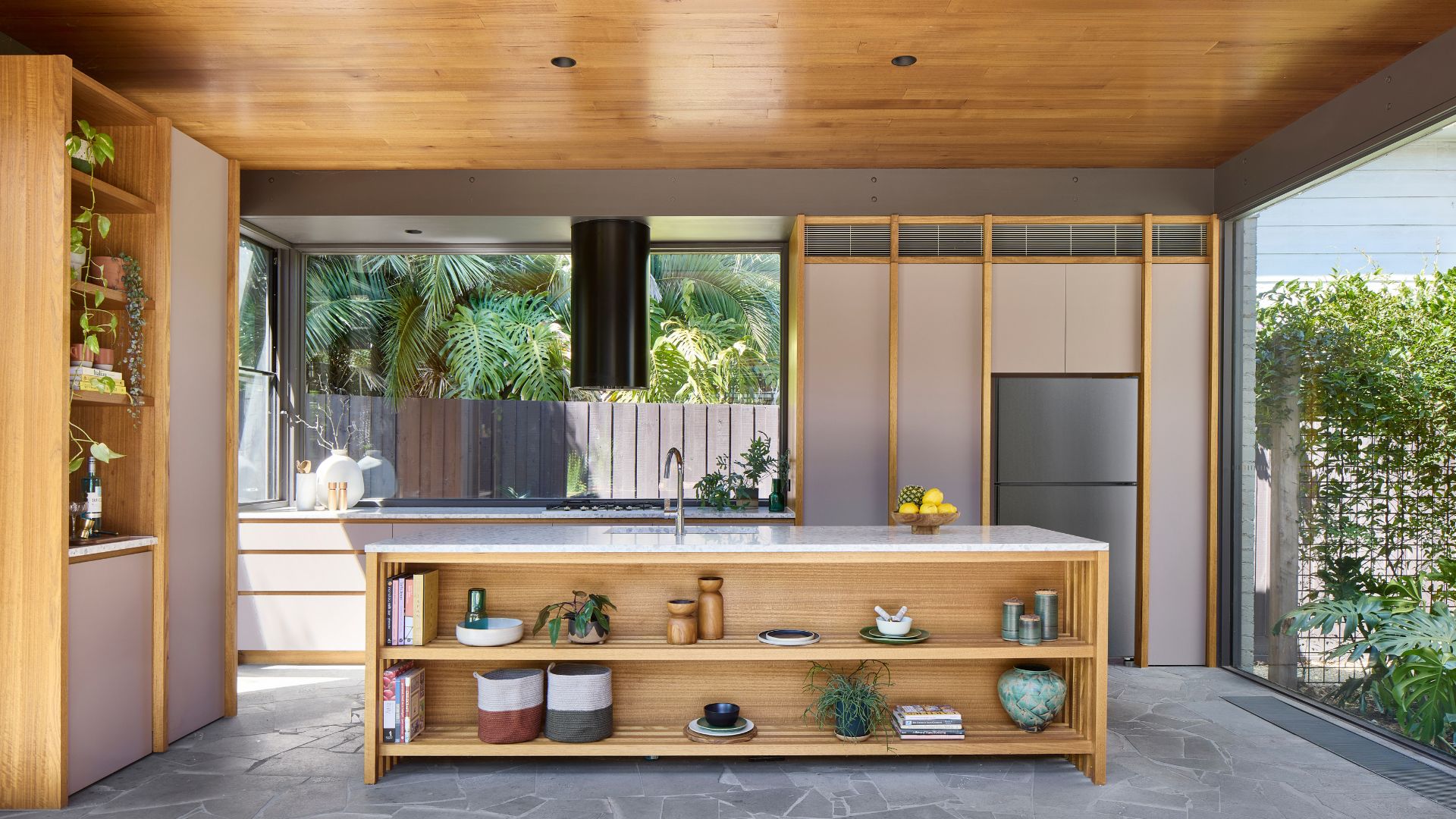 Biophilic Decluttering — What to Take Out of Your Home (and What to Put in) for a More Natural Home
Biophilic Decluttering — What to Take Out of Your Home (and What to Put in) for a More Natural HomeTry your hand at biophilic decluttering to ground your interiors, connect to the environment, and cure chronic clutter in one go. Here's how.
By Amiya Baratan
-
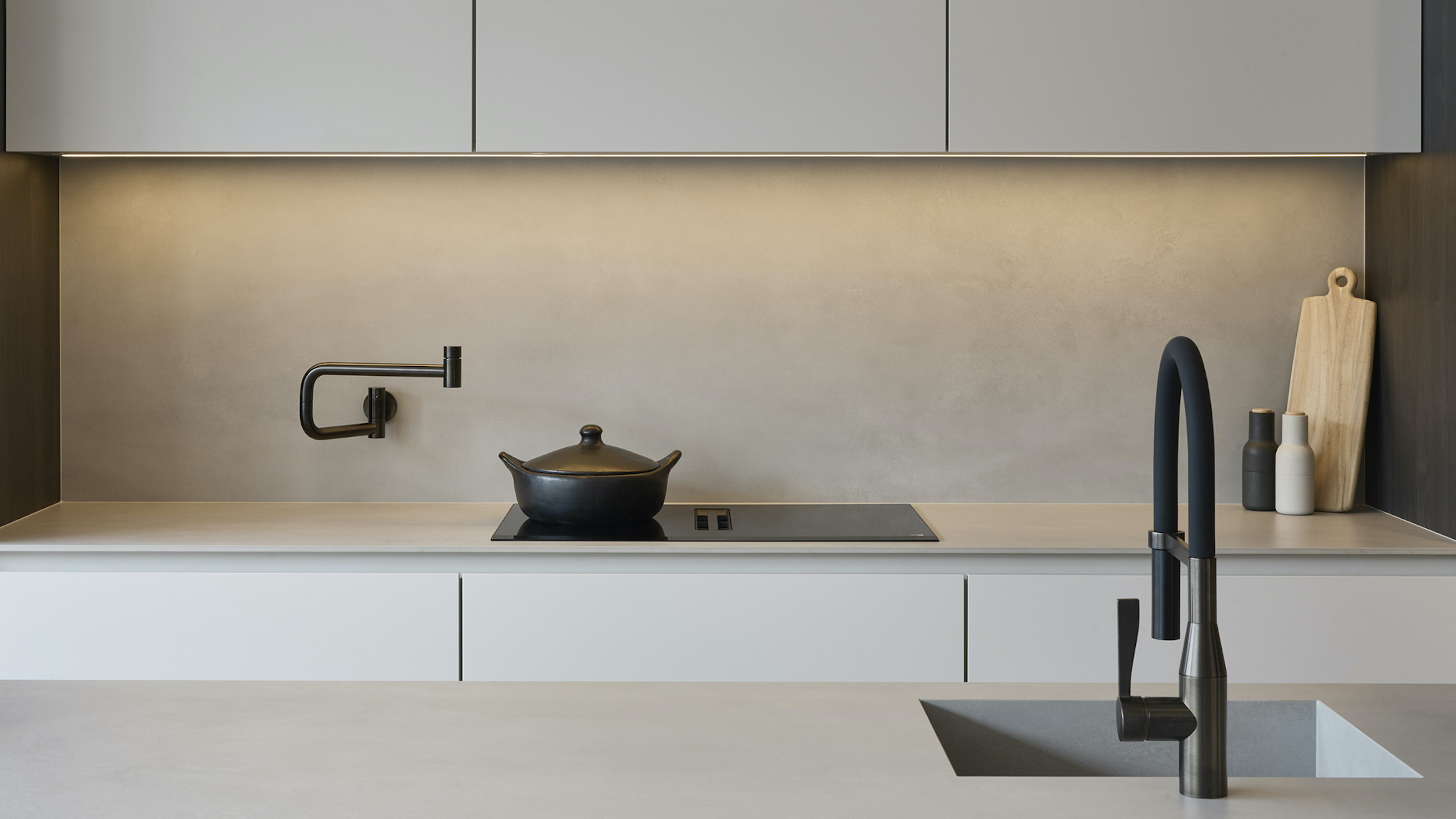 The 10 Different Types of Kitchen Taps — And the Pros and Cons of Each One to Know Before You Pick
The 10 Different Types of Kitchen Taps — And the Pros and Cons of Each One to Know Before You PickFrom sleek pull-outs to vintage bridge taps, explore 10 kitchen tap styles that mix function, flair, and a splash of cool
By Linda Clayton
-
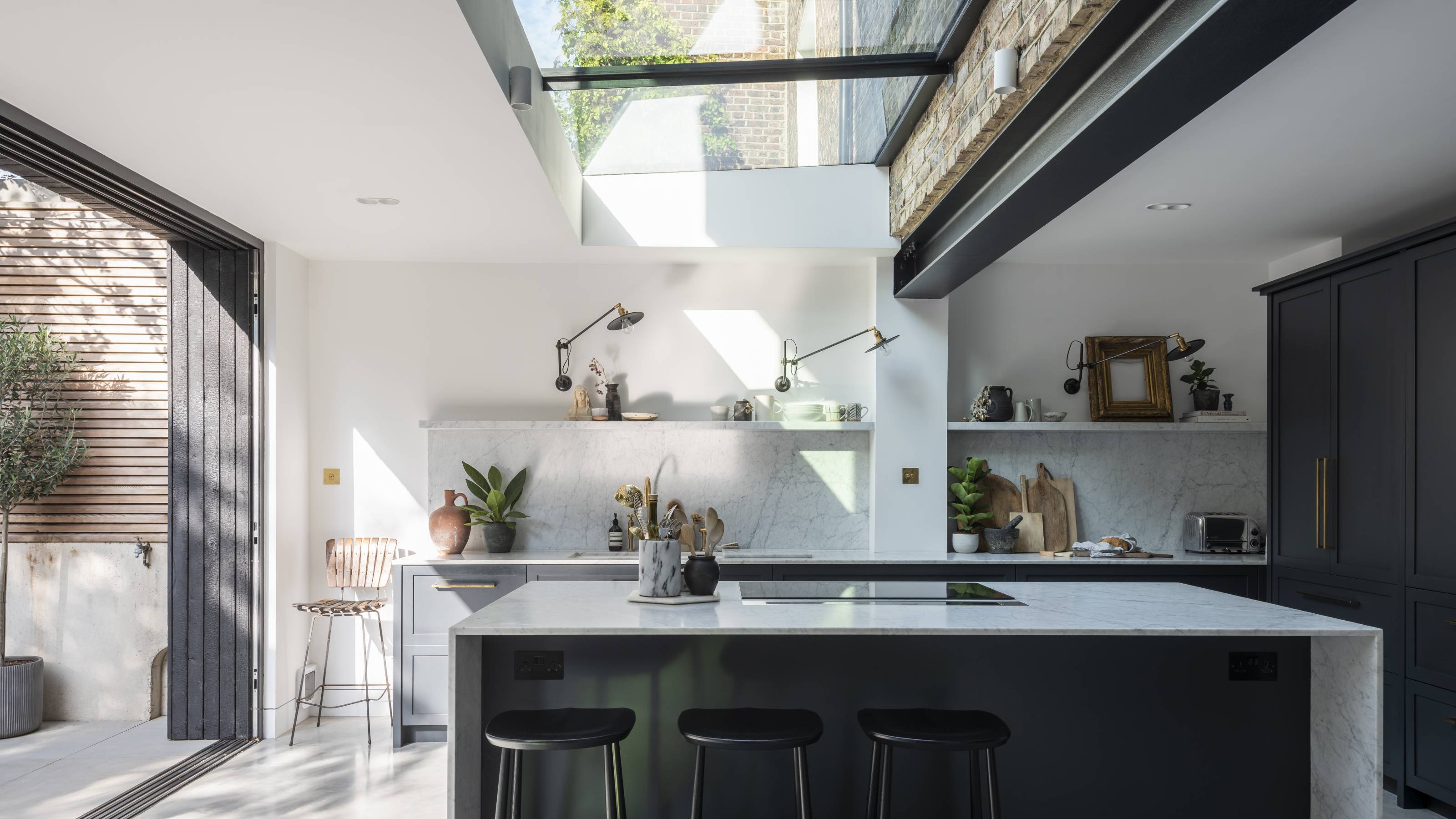 How Much Does an Extension Cost in 2025? Renovation and Design Experts Break Down Your Budget
How Much Does an Extension Cost in 2025? Renovation and Design Experts Break Down Your BudgetExplore how much different types of extensions cost in 2025 to budget for your project accurately
By Amy Reeves
-
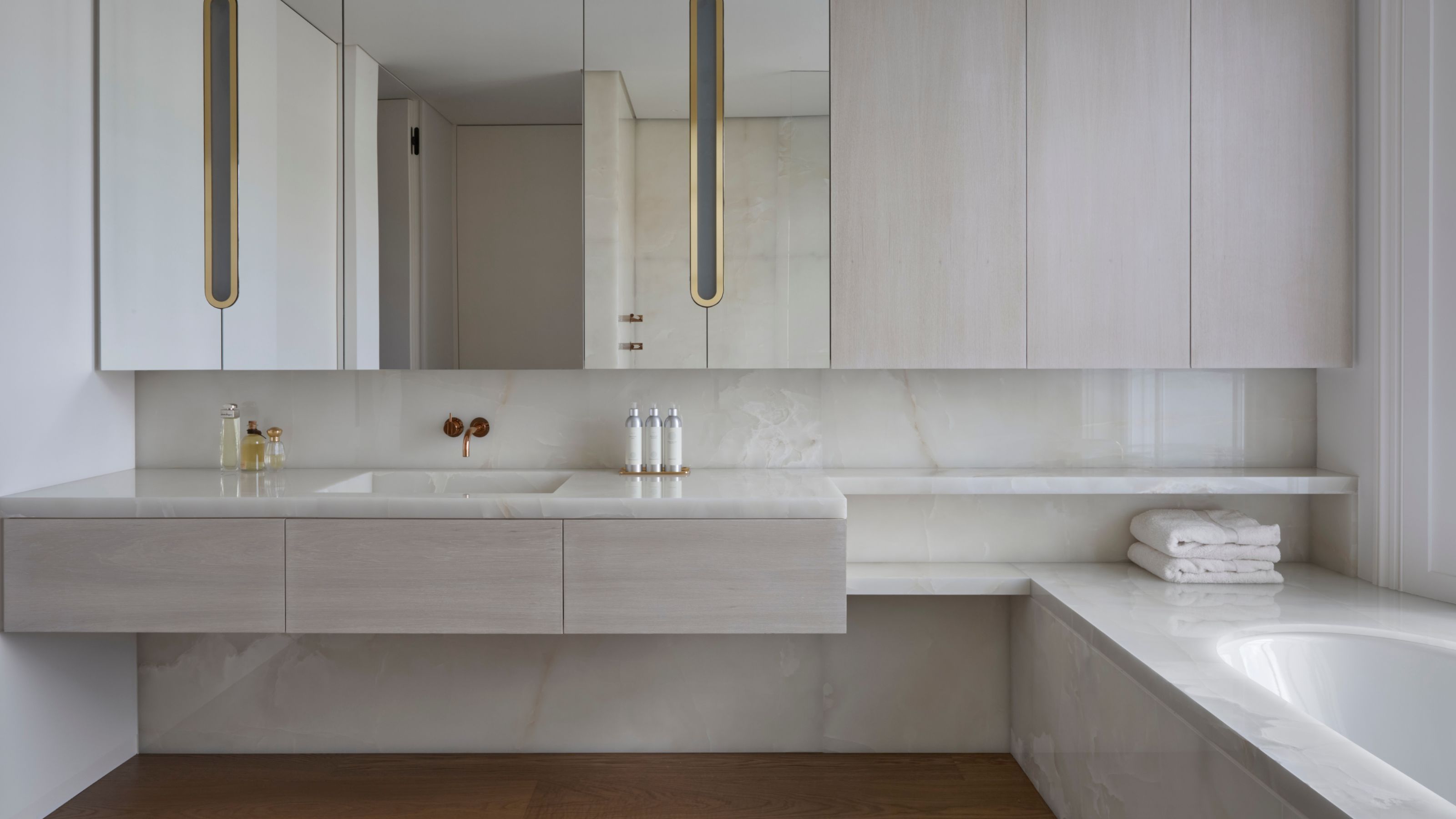 9 Bathroom Storage Mistakes You're Probably Making That Make Using This Space Much Harder — And What to Do Instead
9 Bathroom Storage Mistakes You're Probably Making That Make Using This Space Much Harder — And What to Do InsteadDiscover which mistakes are to blame for your overcrowded and cluttered bathroom
By Seraphina Kyprios
-
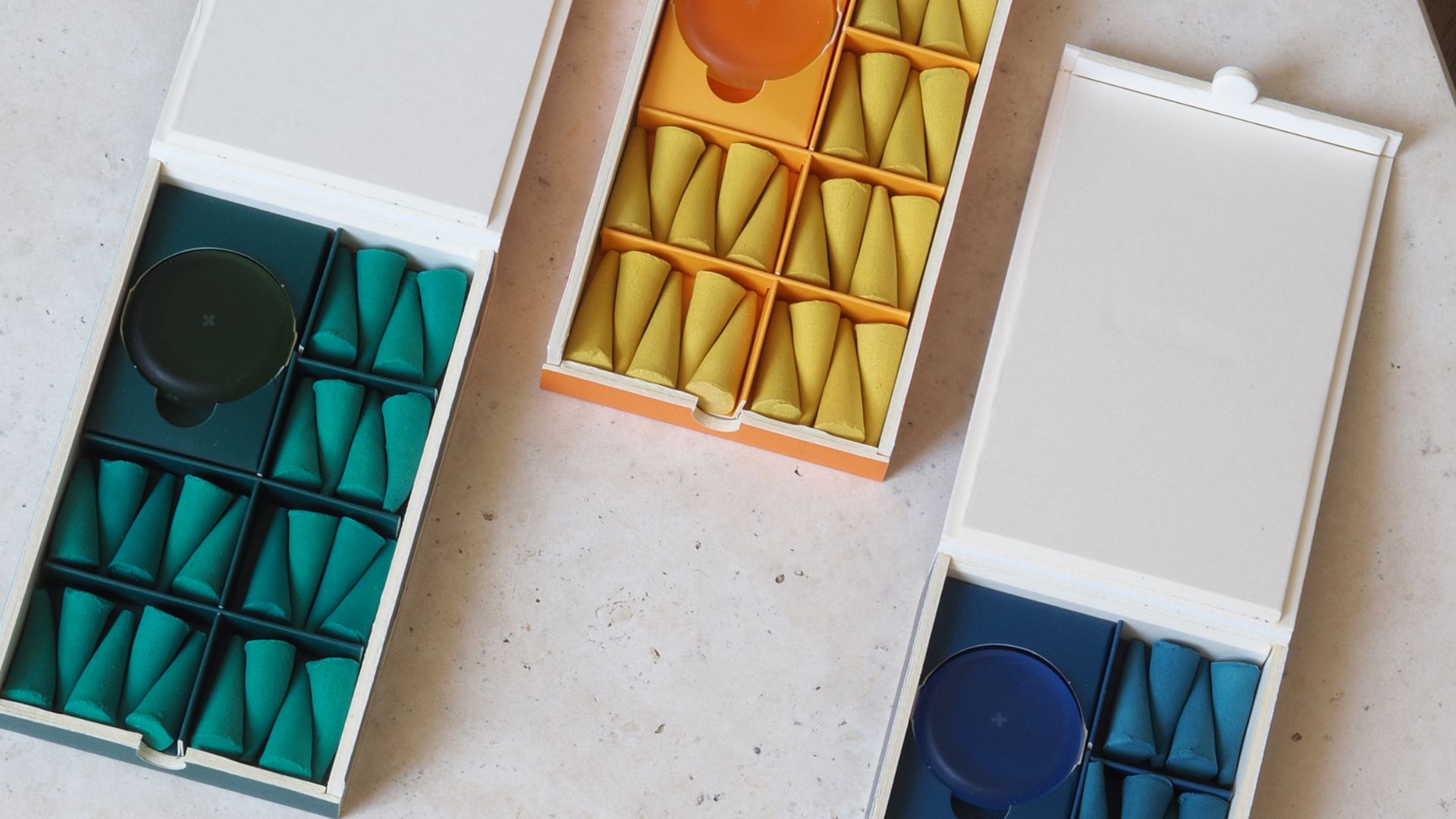 These 'Scenting Droplets' Might Be the Coolest (and Most Stylish) Way to Make Your Home Smell Amazing
These 'Scenting Droplets' Might Be the Coolest (and Most Stylish) Way to Make Your Home Smell AmazingIf you're looking to switch out your incense sticks for something more fun, then you should know about Ripple+'s incense droplets. Let me introduce you.
By Amiya Baratan
-
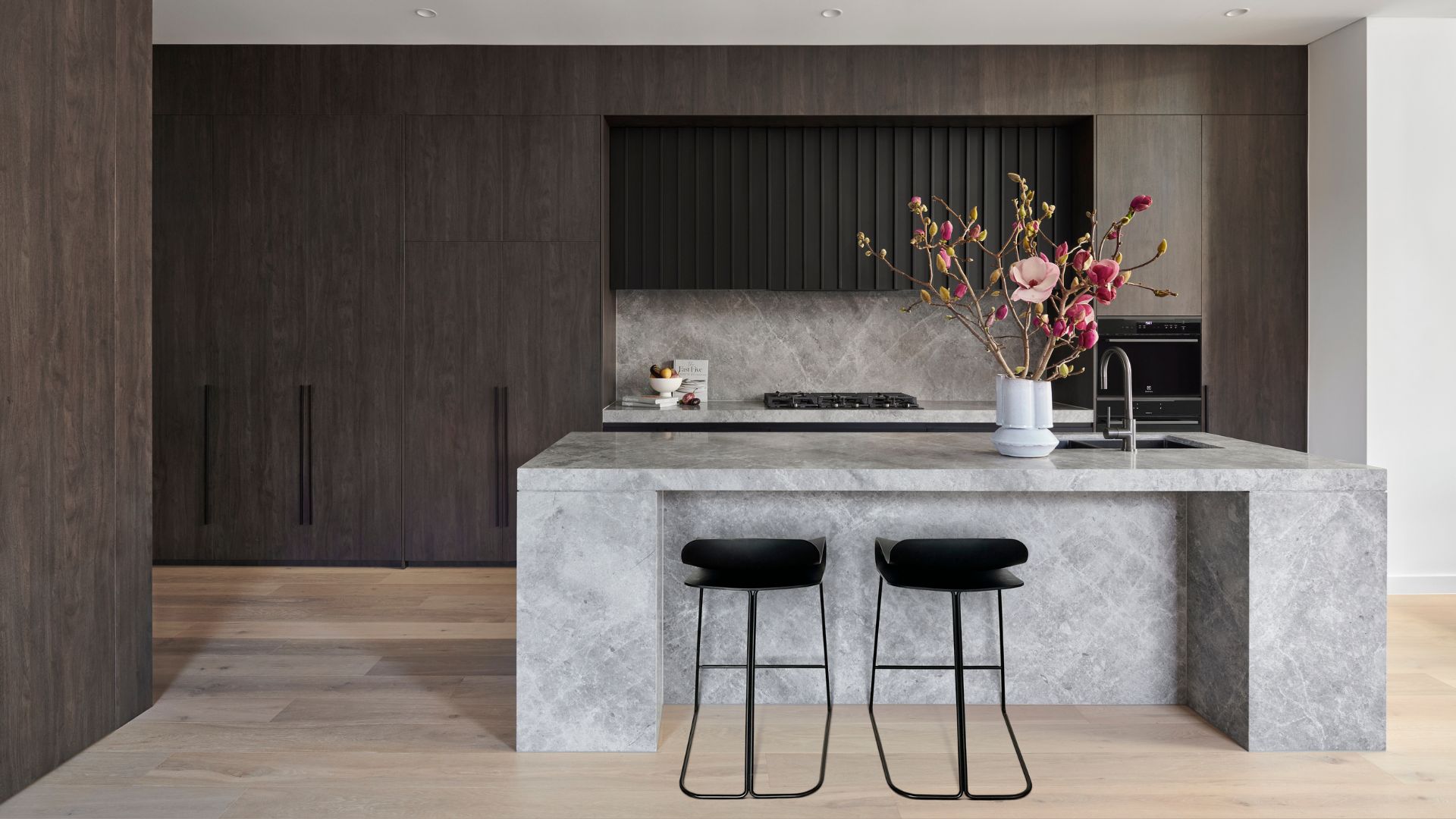 The Japanese Principle of Iki (粋) Is All About 'Refined Elegance' — Here's How to Embrace It in Your Home
The Japanese Principle of Iki (粋) Is All About 'Refined Elegance' — Here's How to Embrace It in Your HomeIf your interior vibe is all about refined elegance and opulent minimalism, you need to know about the Japanese principle of 'Iki'. Here's how to bring it home.
By Amiya Baratan
-
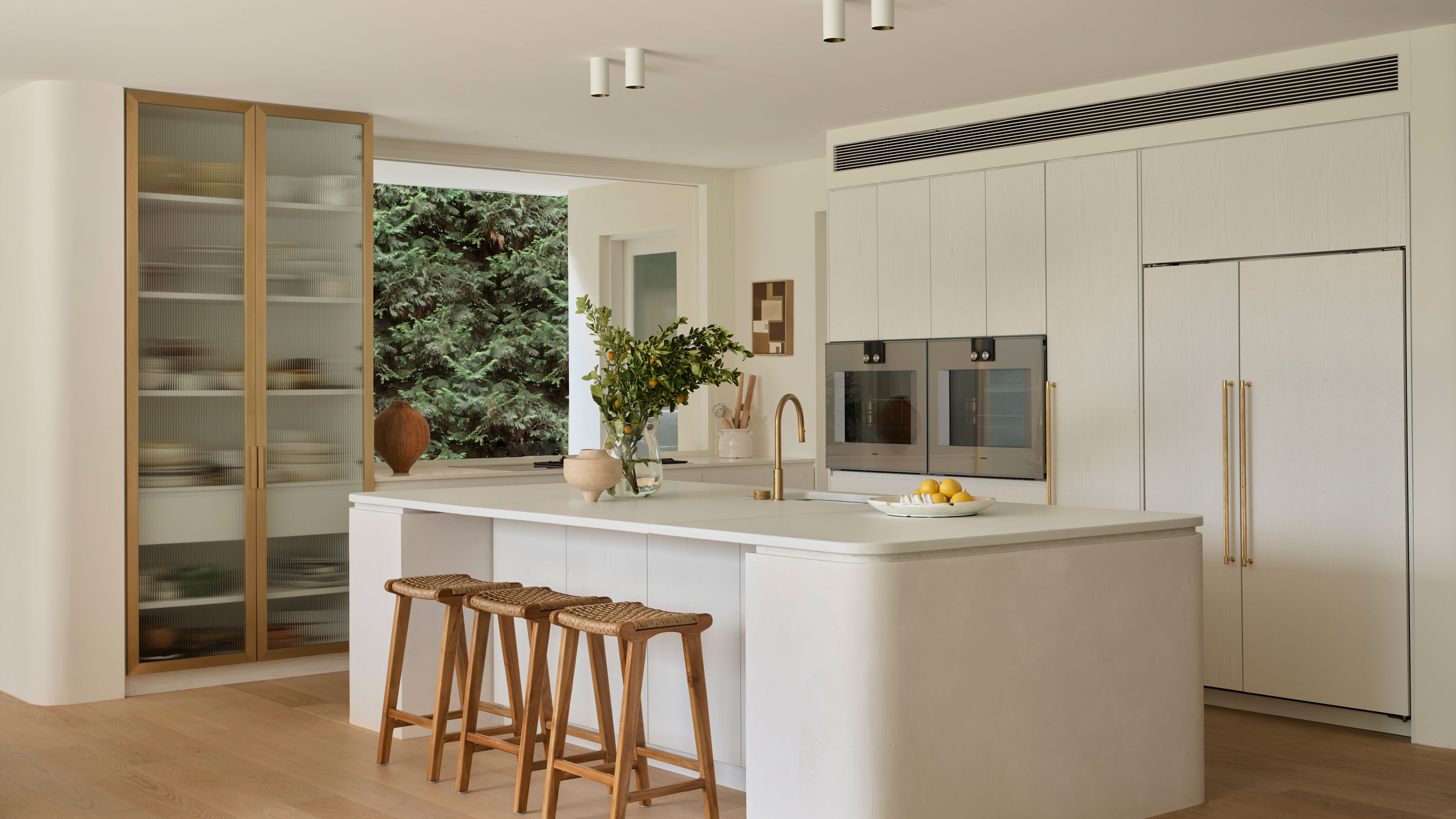 What Can I Choose Instead of Brass Taps? 4 Finishes That Are Emerging in 2025's Kitchens and Bathrooms
What Can I Choose Instead of Brass Taps? 4 Finishes That Are Emerging in 2025's Kitchens and BathroomsIf you want to try something a little different for your kitchen or bathroom finishes, these are the trending styles in taps beyond classic brass
By Seraphina Kyprios
-
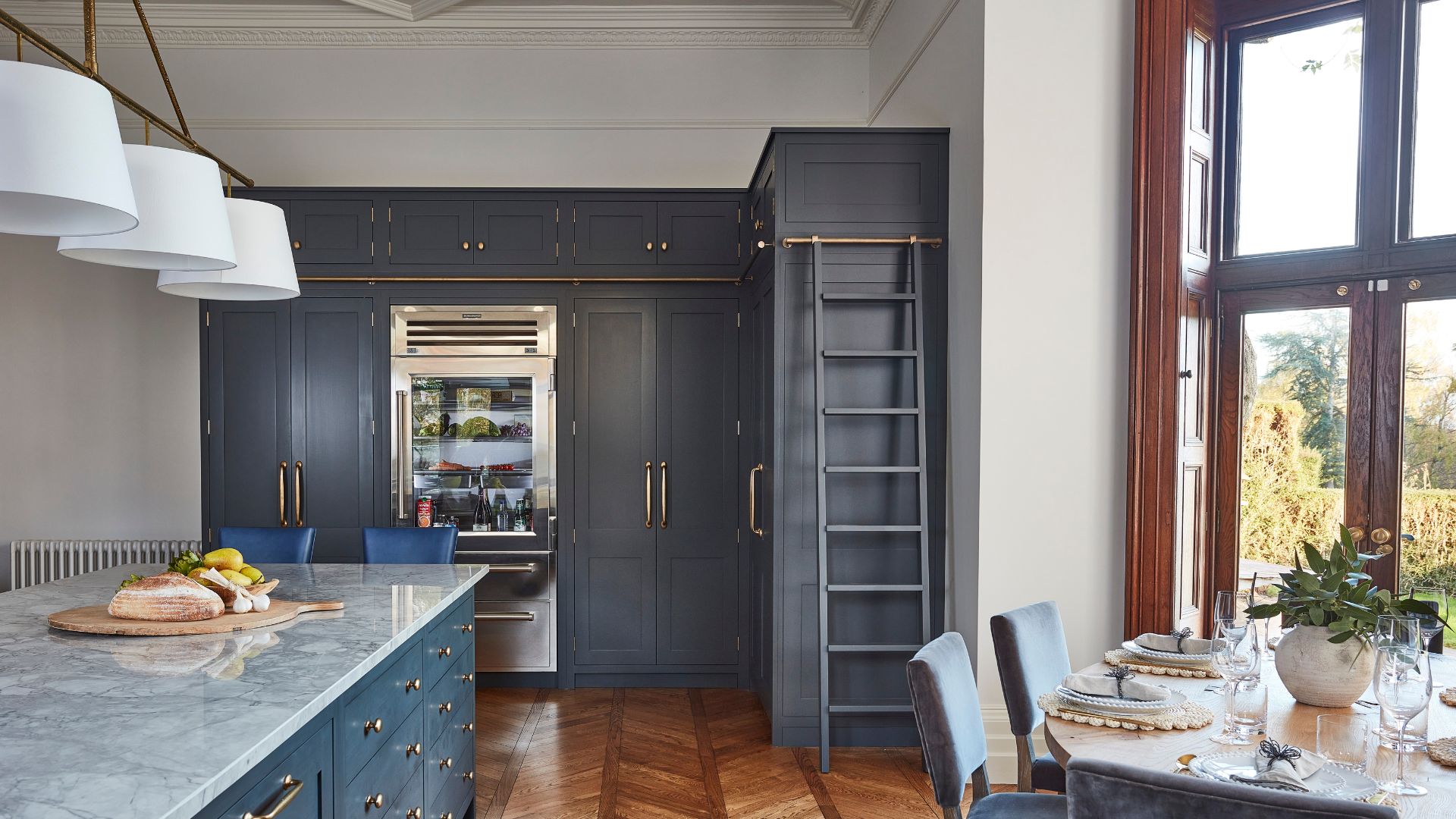 Kris Jenner’s 'All-Green' Glass Fridge Is My Organization Inspo of the Week — Here Are 5 Smart Storage Takeaways I'll Be Adopting
Kris Jenner’s 'All-Green' Glass Fridge Is My Organization Inspo of the Week — Here Are 5 Smart Storage Takeaways I'll Be AdoptingIf you're looking for fridgescaping inspiration, you might not think to look to Kris. But her all-green fridge says otherwise. Here are five tips we've learnt.
By Amiya Baratan
